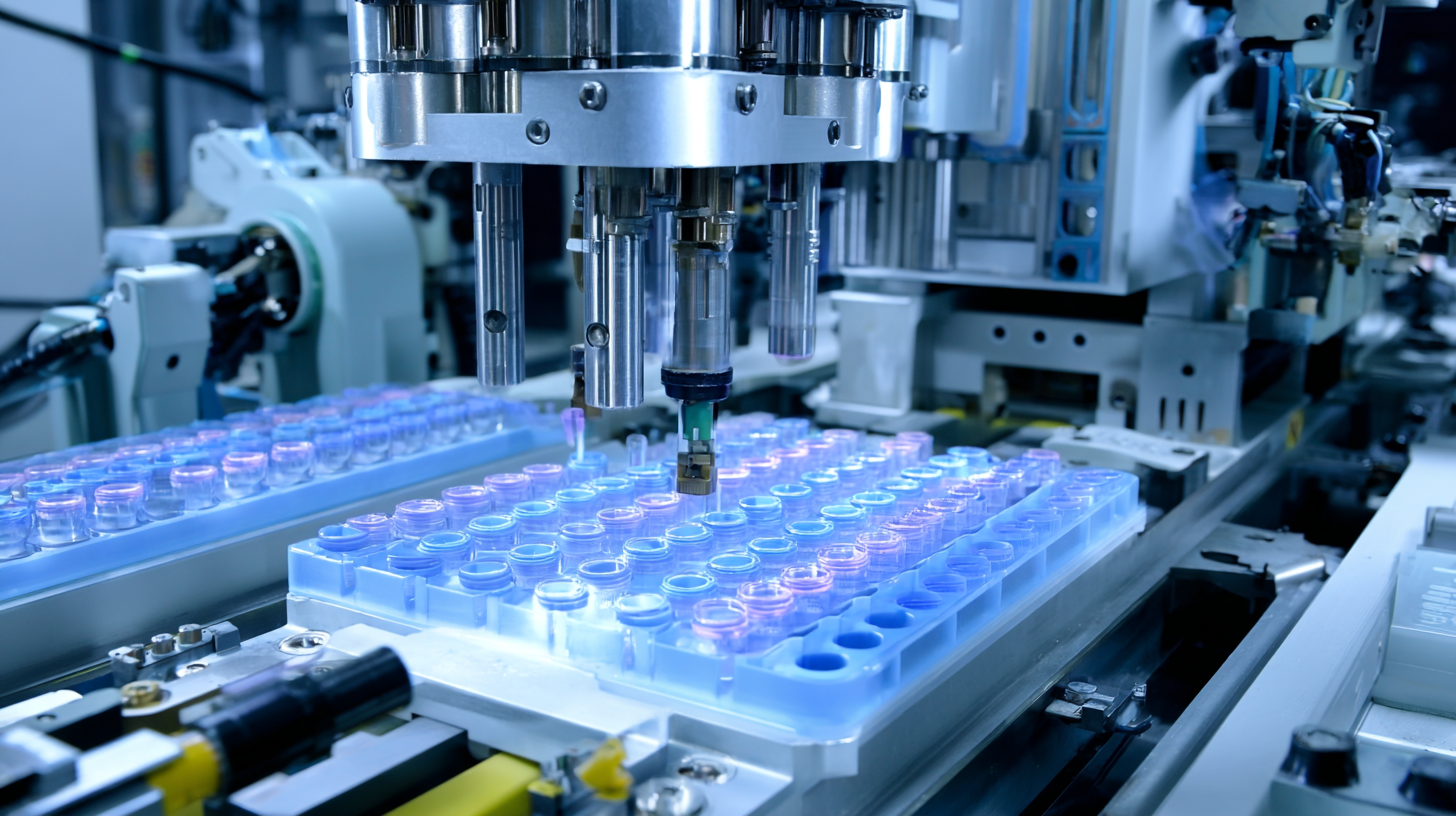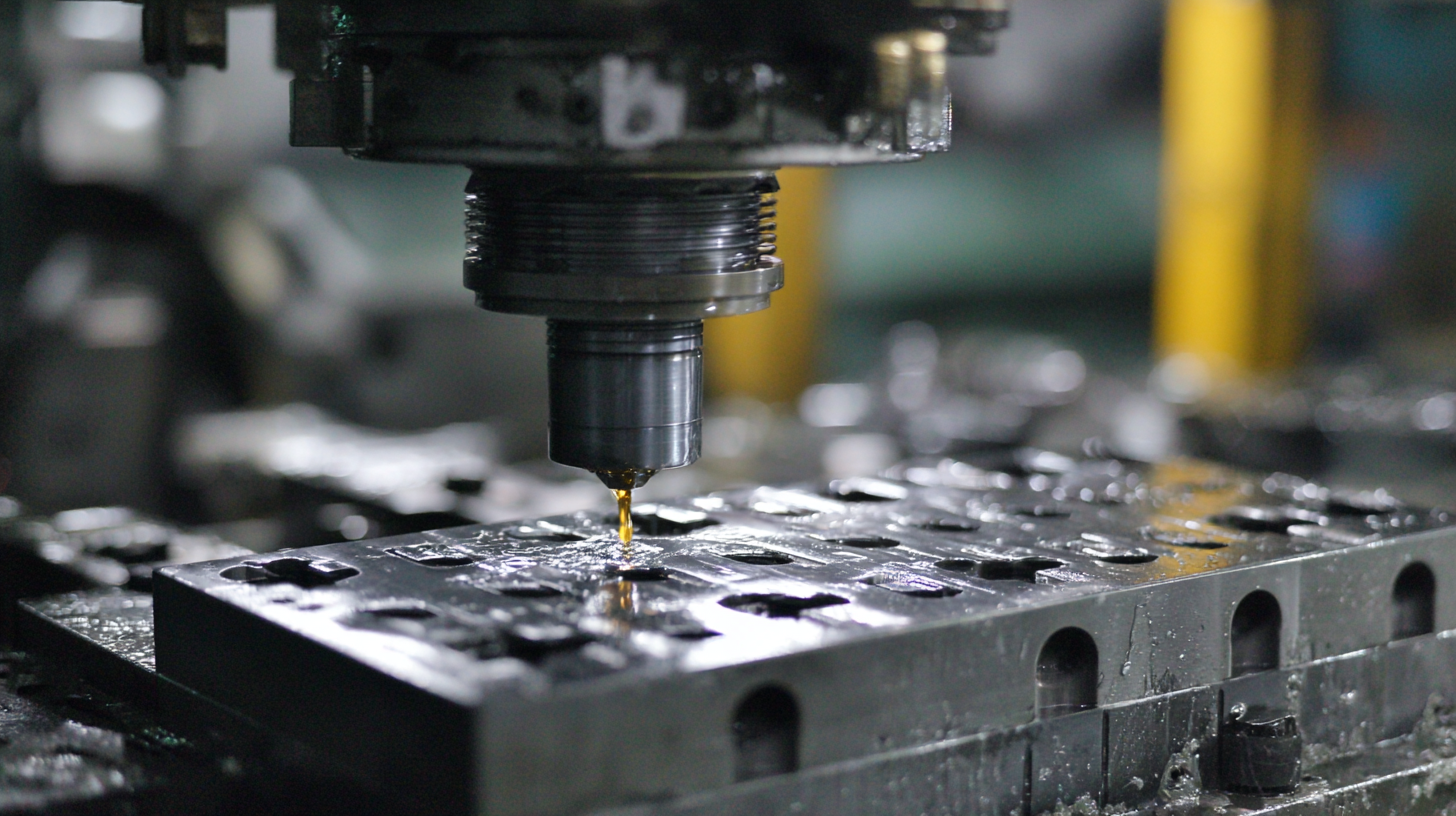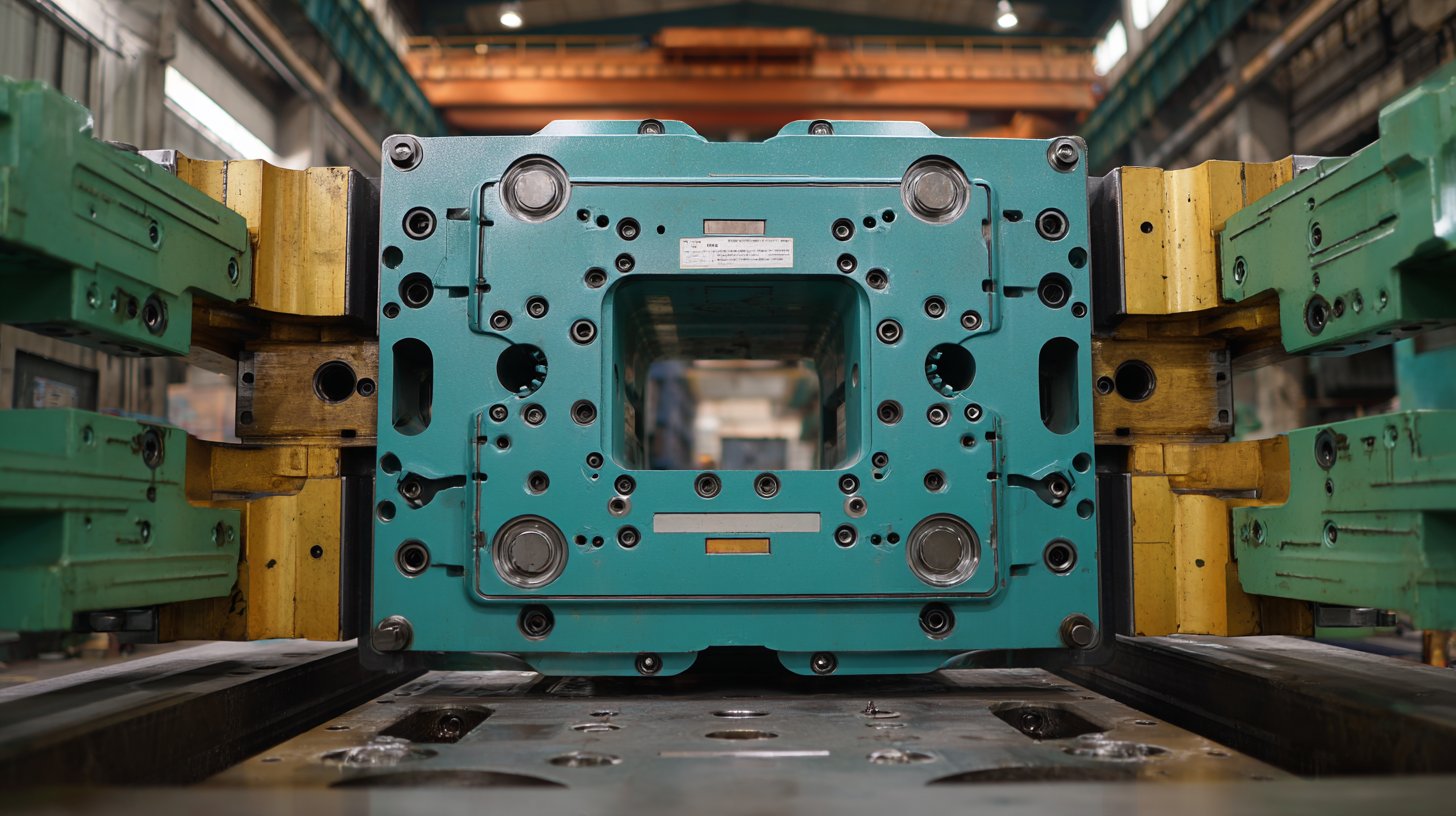Mastering the Essentials of Plastic Injection Molding Die Design and Production Guide
In the dynamic landscape of manufacturing, plastic injection molding die design is crucial for achieving quality and efficiency in production processes. According to a report by MarketsandMarkets, the plastic injection molding market is projected to reach $322.12 billion by 2025, showcasing a compound annual growth rate (CAGR) of 4.7% from 2020. This growth is underpinned by the increasing demand for efficient, high-performance components across various industries, including automotive, healthcare, and consumer goods.
The design of the plastic injection molding die plays a pivotal role in determining product quality, production speed, and manufacturing cost. By mastering the essentials of die design, manufacturers can optimize their production capabilities, reduce waste, and enhance their competitive advantage in the market. This blog will explore key comparisons within die design and production techniques, equipping industry professionals with the insights needed to excel in this critical area of manufacturing.

Understanding the Critical Role of Die Design in Plastic Injection Molding Efficiency
Die design plays an essential role in the efficiency of plastic injection molding, serving as the blueprint that guides the entire production process. A well-designed die not only ensures the accurate formation of the desired part but also optimizes material flow and cooling processes, which are critical for achieving high-quality results. Engineers and designers must consider factors such as the geometry of the part, the properties of the material being used, and the specifics of the injection molding machine to create a die that minimizes defects and maximizes productivity.
Moreover, the critical role of die design extends to the economic aspect of production. Poorly designed dies can lead to increased cycle times, higher scrap rates, and significant downtime, all of which elevate costs and reduce profitability. By prioritizing optimal die design, manufacturers can enhance throughput and efficiency, driving down costs while maintaining high standards of quality. This focus on die efficiency not only benefits the immediate production goals but also positions companies competitively in a fast-paced market where precision and speed are vital.
Exploring Material Selection: Impacts on Mold Performance and Production Lifespan
When it comes to designing and producing plastic injection molds, material selection is a critical factor that significantly impacts both mold performance and production lifespan. Choosing the right materials can enhance the mold's durability, efficiency, and capacity to produce high-quality parts. For instance, using high-grade steel alloys can lead to molds that resist wear and deformation, ultimately extending their operational life. Additionally, the thermal properties of the selected materials can affect cycle times and energy consumption, which are vital for achieving optimal production efficiency.
Tips for material selection include always assessing the specific requirements of your application. Consider factors such as the type of plastic being molded, the intricacy of the design, and the production volume. Investing in advanced materials that offer better thermal conductivity and resistance to chemical erosion can pay off in the long run. Moreover, it’s essential to consult with material experts early in the design process to avoid costly redesigns or production delays caused by inadequate material performance.
Incorporating innovative manufacturing techniques, such as 3D printing, can also influence material choices in injection molding. The ability to rapidly prototype and test different materials allows for more informed decisions, fostering a design that meets both functional and aesthetic requirements. Embracing these advancements can lead to a more streamlined production process, ultimately enhancing the overall performance of the molds used.

Advanced Techniques for Mold Flow Analysis: Minimizing Defects and Cycle Time
Understanding mold flow analysis is crucial in the plastic injection molding industry, where precision and efficiency dictate product quality and production costs. Advanced mold flow analysis techniques allow designers to simulate the injection process, highlighting potential defects such as air traps, uneven cooling, and weld lines. According to a report by MarketsandMarkets, the global market for injection molding is projected to reach USD 300 billion by 2025, emphasizing the importance of optimized processes to meet increasing demand.

Implementing these advanced techniques not only minimizes defects but also significantly reduces cycle time. For instance, utilizing simulation software can streamline the design phase, enabling a reduction in prototyping iterations by up to 30%, as indicated by industry studies. Moreover, optimizing gate locations and cooling channels through flow analysis can enhance material utilization, improving overall efficiency by 20-25%. As manufacturers continue striving for innovative solutions, mastering mold flow analysis will undeniably be a cornerstone for achieving sustainable production practices in the competitive landscape of plastic injection molding.
Innovative Cooling Systems in Die Design: Boosting Productivity and Quality in Production
Innovative cooling systems play a crucial role in enhancing the efficiency and quality of plastic injection molding processes. Traditional cooling methods often struggle to maintain consistent temperatures throughout the mold, leading to variations in cycle times and product quality. By integrating advanced cooling technologies, such as conformal cooling channels or multi-zone temperature control, manufacturers can significantly reduce cooling times. These innovations ensure that the heat is uniformly dissipated, thus minimizing the risk of warping and improving the overall accuracy of the molded parts.
Moreover, the adoption of innovative cooling systems contributes to increased production capacity. With faster cooling cycles, manufacturers can produce more parts in a shorter timeframe, achieving higher throughput without compromising quality. This not only boosts productivity but also allows for a more efficient use of resources, resulting in reduced energy consumption and lower operational costs. As the industry continues to evolve, the implementation of sophisticated die designs with effective cooling strategies will be paramount in meeting the growing demands for high-quality, precision plastic products.
Mastering the Essentials of Plastic Injection Molding Die Design and Production Guide - Innovative Cooling Systems in Die Design: Boosting Productivity and Quality in Production
| Cooling System Type | Advantages | Common Applications | Impact on Cycle Time |
|---|---|---|---|
| Direct Cooling | Fast heat removal, improved surface finish | High precision parts, thin-walled components | Reduces by up to 20% |
| Conformal Cooling | Enhanced cooling efficiency, better temperature control | Complex geometries, automotive parts | Reduces by up to 30% |
| Traditional Cooling | Simple design, cost-effective | Basic plastic parts, low-volume production | Standard cycle time |
| Hybrid Cooling Systems | Combines benefits of multiple designs, flexible | Medium to high complexity projects | Reduces by 15%-25% |
Cost-Effective Strategies for Mold Maintenance: Ensuring Longevity and Reducing Downtime
Effective mold maintenance is critical in ensuring the longevity of your plastic injection molds and minimizing production downtime. Implementing a routine maintenance schedule can significantly reduce wear and tear on molds, prolonging their lifespan and preserving product quality. Regular inspection and cleaning help identify potential issues early, allowing for timely repairs that prevent costly breakdowns. Additionally, investing in high-quality lubricants and protective coatings can reduce friction and corrosion, further enhancing the durability of molds.
Cost-effective strategies also include employee training and awareness. Educating operators on proper handling techniques and maintenance practices can lead to better care of the molds during production processes. Furthermore, keeping an inventory of essential spare parts allows for quick replacements when needed, reducing delays in production. By prioritizing maintenance and fostering a culture of care among employees, businesses can ensure optimal mold performance and reduced operational costs over time.
Cost-Effective Strategies for Mold Maintenance
This bar chart illustrates the average downtime (in hours) associated with different maintenance strategies for plastic injection molding dies. The goal is to provide insights on how effective maintenance practices can reduce downtime and enhance productivity.
Copyright © 2025 · All Rights Reserved · Franchino Mold & Engineering
